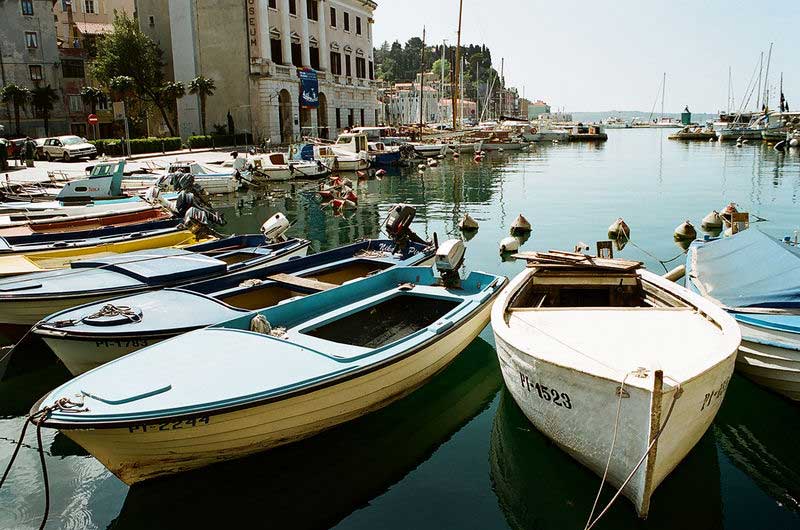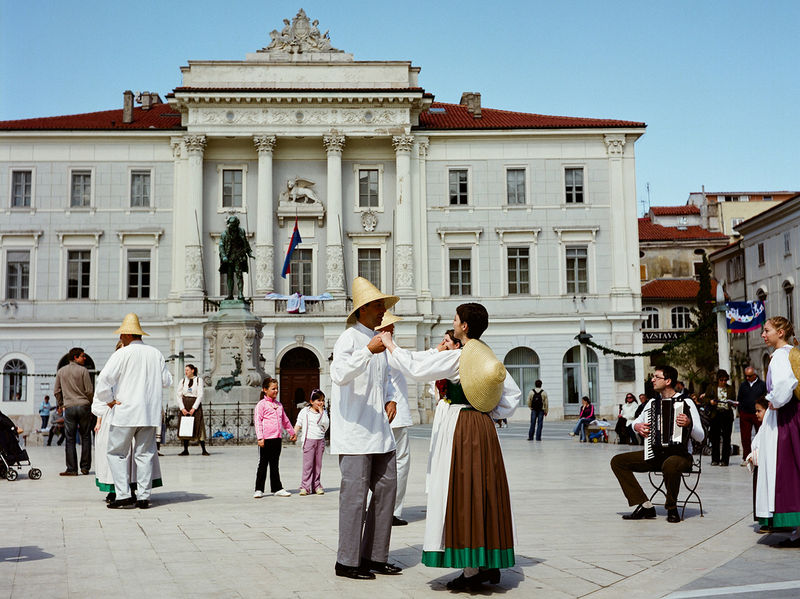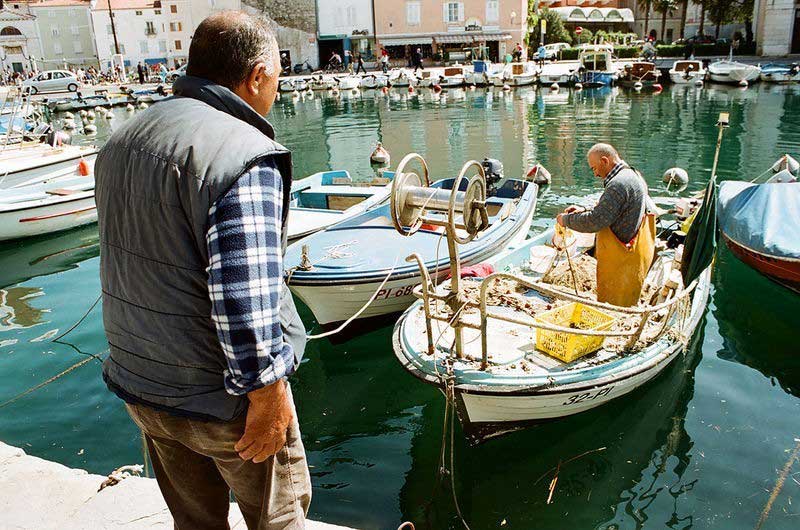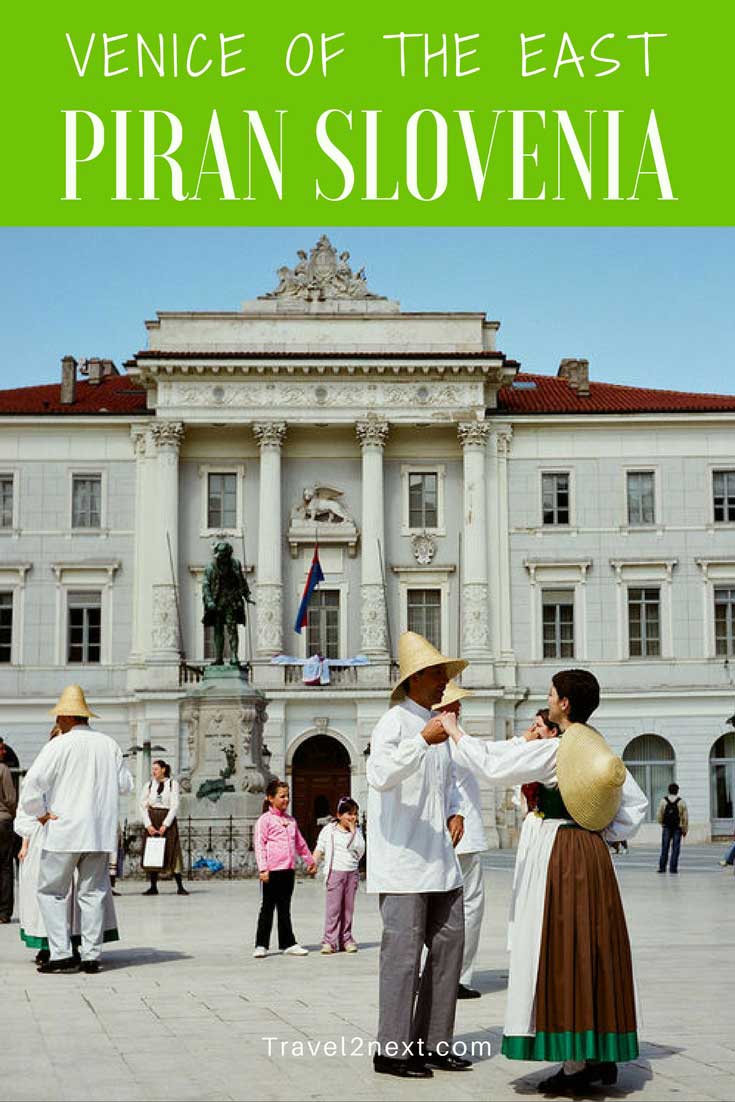Is Piran Slovenia the Venice of the East?
Face it, for most of us our holiday has already been determined long before we arrive at our destination. “The symbolic complex has already formed in the sightseer’s mind long before they arrive,” Walter Percy says in his 1975 essay The Loss Of The Creature.
We stress ourselves into expecting so much because we watch too many movies, read too many magazines and too many books.
We can’t hike the Himalayas without drawing comparisons to the IMAX film we saw last year, we can’t visit the Greek Isles without thinking of Shirley Valentine and we certainly can’t visit Italy without thinking of Under A Tuscan Sun or The Italian Job.
The more ambitious amongst us may even think Gwyneth Paltrow awaits in a luxurious seaside villa above the Amalfi Sea (as long as Matt Damon doesn’t kill us first).
As Percy points out, our holiday becomes less about discovering things in front of us, and more about the measuring up of the destination to our pre-conceived notions.

Looking like Jude Law
Therefore, can you imagine discovering a place that looks, smells and tastes like Italy, but costs about the same as Thailand, yet comes with not one of Mr Percy’s “pre-formed symbolic complex”.
Unless any of you out there had romantic delusions about Slovenia I’d imagine you’d feel exactly as I do right now, sitting at a café beside the flawless, mirrored waters of the Mediterranean eating a gigantic plate of fresh garlic mussels for four Euros, feeling like a mixture of Christopher Columbus and Jude Law in The Talented Mr Ripley (looking a lot more Jude Law, I hope).
Absolutely everything tells me I’m in Italy: the stunning, thousand-year-old architecture, the colourful flowers on every balcony, the washing hung up and beaten by old women that drips as you walk by.
Then there’s the old waiter in his stylish tuxedo who repeatedly forgets your order, the narrow dark cobbled alleyways that open straight onto the Med and festive market squares, yet the sign on the harbour beside this cafe keeps reminding me: Republika Slovenija. For the entire duration of my visit, I’m forced to remind myself I’m not in Italy.

How I came to find this place is a story in itself. Slovenia came to me via an email SOS sent to friends back home.
Stuck in the freezing cold of Vienna for yet another month, I had to get out for some sunshine. A well read friend suggested Piran, it was close by, cheap, warm and was known, allegedly, as “mini-Venice”.
Venice of the east
On a whim, I booked a flight. Arriving in the Slovenian capital of Ljubljana to grey skies and near zero temperatures, paradise seemed a world away.
Thankfully, a two hour bus ride later I found it: the clouds had parted, grapes were blackening on their vines, sunflowers were blooming, old men sat smoking cigars and drinking fortified wine, olive trees ripened and a narrow coast road whisked me past ancient seaside cottages, pleasure yachts and old fishing boats bobbing on the Mediterranean Sea. And it was warm, even in the northern winter, the mercury had hit 22 degrees.
Then it happened, little Venice emerged like a vision from the Mediterranean. In all my years of travelling I’m not sure I’ve ever been stopped in my tracks like this before.
Piran is so visually arresting that it’s description as little Venice almost does it an injustice: it deserves to have its own accolades. Or perhaps Venice could be dubbed Big Piran.

Piran was first settled by the ancient Greeks over 3000 years ago. They gave it its name, meaning fire, after the lighthouse they built on Piran’s peninsula to guide their ships in the sophisticated Greek trading empire.
However, its influence today is all Venetian, Piran was part of the VenetianRepublic from the 13th Century until Napoleon took charge in 1797.
Since then control had gone from Austria to Mussolini’s Fascists to its present Slovenian control.
As a result, Piran is bilingual, all children are taught Italian as well as their native Slovenian, adding further confusion to Australian tourists who keep forgetting where they are.
Piran magic
Because of its unique geography, it’s possible in Piran to watch the sun rise over Italy and set over Croatia (on a clear day you can even see the Dolomites and in the summer months a boat service to Venice operates daily).
It’s these times of the day that are truly special in Piran. At dawn, from your hotel room you can see old craggy fishermen make their age-old lonely journeys in their single-man fishing boats.
At sunset, some return, while some begin a night of fishing, bailing water from their prehistoric vessels while shooing away seagulls keen for a free feed.
At sunset the town goes into a dream-like state. One afternoon I sat eating seafood and drinking wine at the Riveria Adriatic, it was only as the sun began to set I realised I’d spent four hours mesmorised by everything around me.
A walk around the headland, past ancient brick and stone terraces of yellows, oranges and garish pinks, reveals old ladies tending to balconies of colourful flowers, young folk sitting in cafes like the Punta Bar drinking beer and playing chess while keeping an eye on the setting sun, artists paint along the foreshore, old folk stretch their weary legs and the town’s most distinctive church, the awe-inspiring Church of St George which sits high atop the cliffs of Piran, repeats its dreary toll.
By the harbour, fishermen mend nets while they smoke foul smelling cigarettes and swig from home brewed beers, small boys fish beside them, some swim in the harbour and the golden light of the late evening makes Piran look surreal… and unmistakably Italian.
Again the sign on the harbour reminds me I’m in Slovenia. A walk up the narrow cobbled alleyways reveals an ancient civilisation existing in a modern world.
The clash of the old and the new is impossible to miss, it’s hard to believe people still live this way, although less people are choosing the ancient ways with the town’s population falling from 17 000 to 4000 in the past 20 years.
“Piran is falling down,” a tourist guide told me in Ljubjlana. Perhaps it is, but it’s achingly beautiful to watch. That’s what gives this town its character, and after all, isn’t Venice slipping into the sea? Hopefully Piran will be here for centuries, but should it fade to dust, you’d be mad to miss the swansong.
Discover Slovenia
Accommodation: There’s only one option to possibly consider, the irrepressible Hotel Piran, located metres from the Mediterranean Sea and with a price tag about a fifth of what you’d expect to pay anywhere else on the Med.
When To Go: Locals recommend May and June and late August to October as the best months. Avoid the European summer holidays in July and early August. Year-round is fine although swimming is far more desirable in these months.
More info: www.slovenia-tourism.si
Plan Your Trip

Rent A Car – Find the best car rental rates at Discover Cars. They compare car hire companies to provide you with the best deal right now.

Find A Hotel – If you’re curious about this article and are looking for somewhere to stay, take a look at these amazing hotels.


